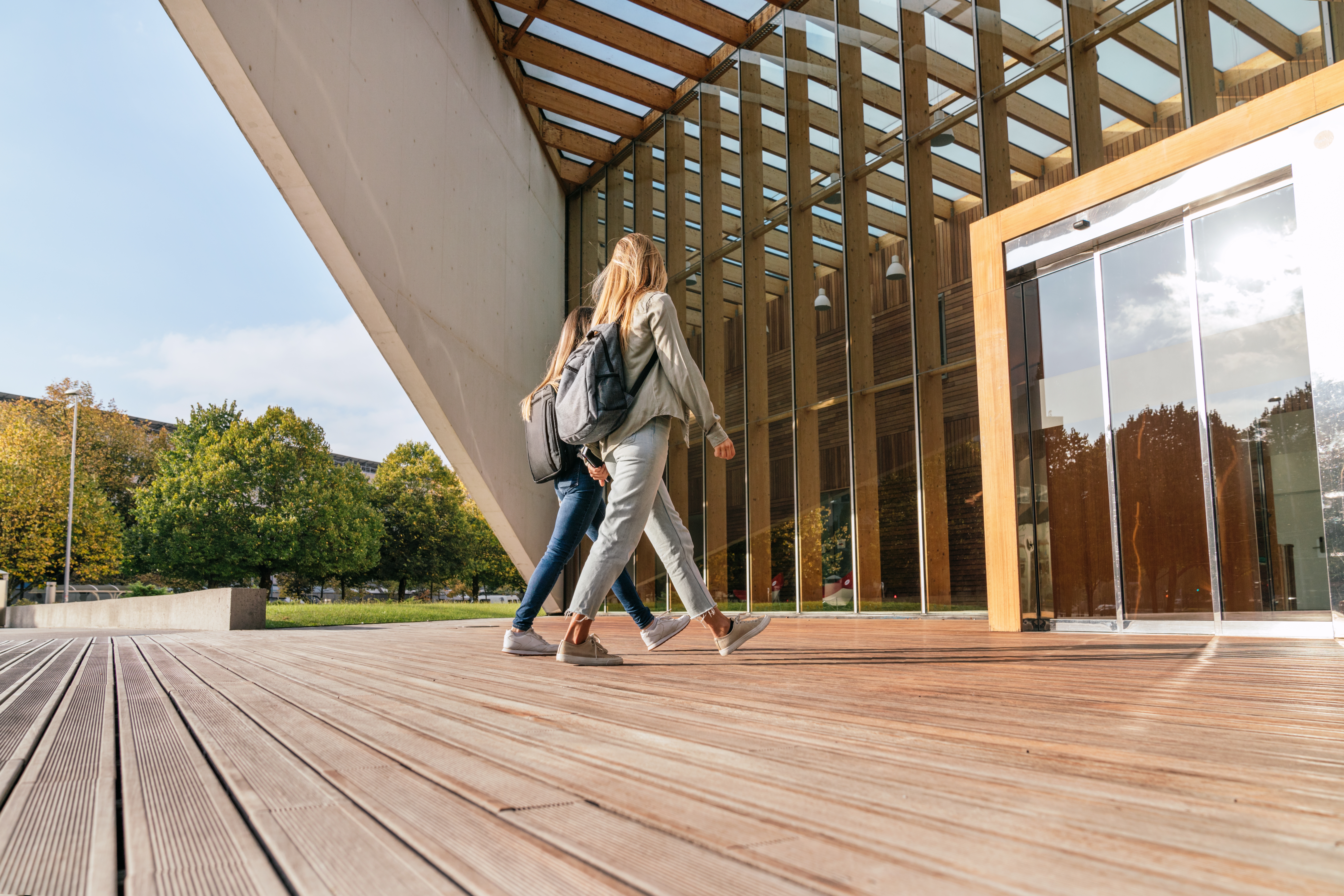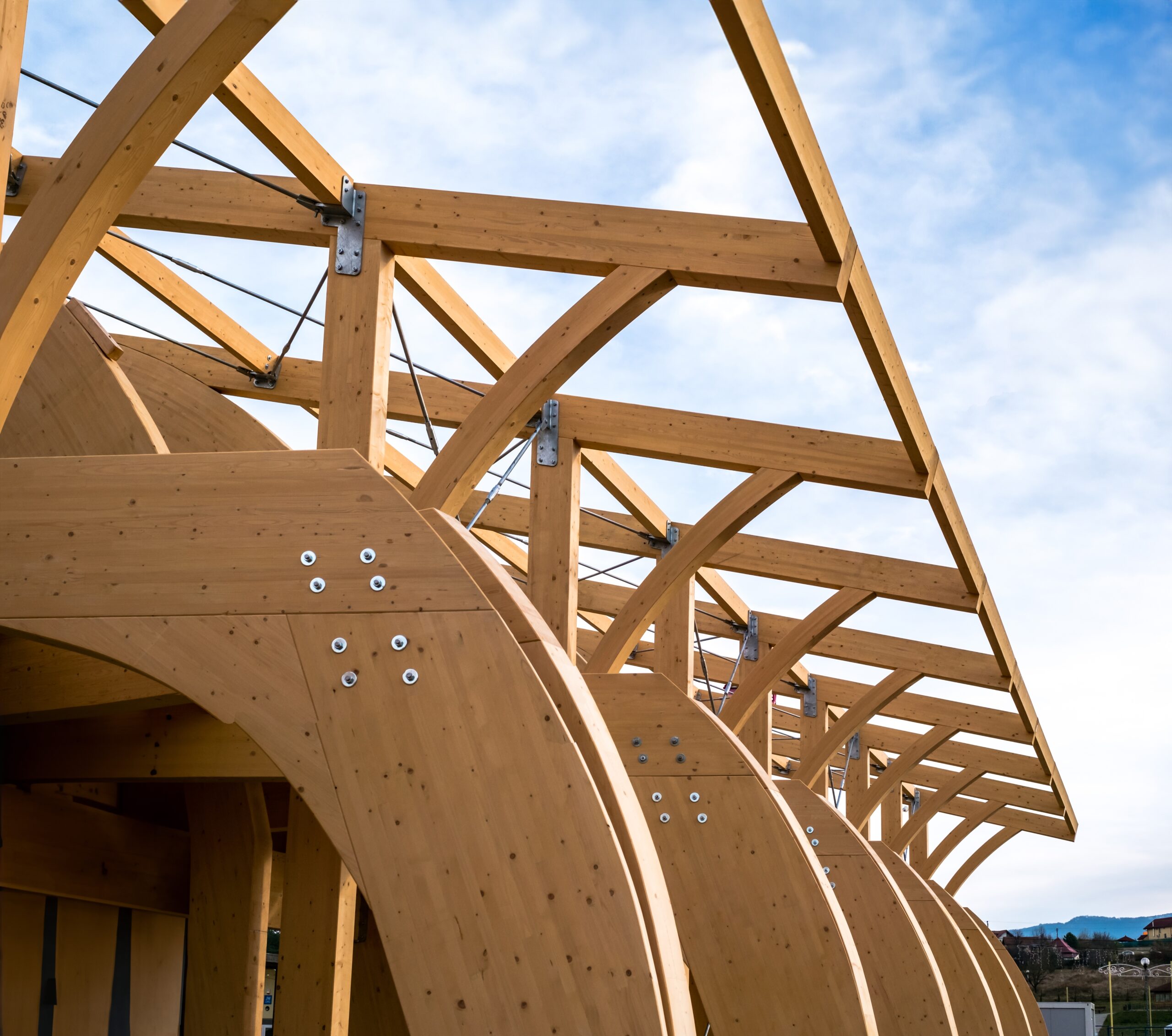Adaptive Reuse: Revitalising the Past to Create the Future
Sustainable development encompasses principles and practices such as high energy efficiency, net-zero impact, and embracing circularity with minimal material use. The adaptive reuse of historic buildings is integral to this holistic approach, creating future-proof built assets while upholding community values.
In pursuing sustainable development, communities stand to gain on many levels, from environmental benefits and energy savings to social, economic and heritage enhancements.
Experts predict that in the next ten years, 90% of real estate development will focus on the renovation and reuse of existing structures. That’s a lot of opportunities to further sustainability, and BG&E are at the forefront.
What is adaptive reuse?
Adaptive reuse is a forward-thinking and sustainable approach that repurposes existing structures instead of opting for demolition and new construction. The goal is to seamlessly blend the historical authenticity of unused or neglected buildings with financial efficiency.
Advantages of adaptive reuse
Whether applied to an individual structure or comprehensive development philosophy, this practice has wide-reaching, positive impacts.
- Sustainably speaking
Adaptive reuse lessens environmental impact in construction by reusing resources, reducing waste, and demanding fewer raw materials and energy. It lowers carbon emissions by using existing structures and reducing the need for new building materials. This approach streamlines land use, reducing the need for resource-intensive development.
- Heeding heritage
Preserving and integrating structures is valuable, saving money and time. Combining sites focused on lifestyle, tech, and entertainment with existing places of historical or cultural significance creates a modern dynamic. Adaptive reuse extends beyond historic buildings, often increasing the lifespan of abandoned or vacant structures.
- Creativity rules
Reimagining existing structures fosters innovative solutions in recycling and repurposing, showcasing the cutting-edge ideas of designers in blending old with new. Cities like Paris, London, and Amsterdam exemplify successful revitalisation. These centres have reserved historical narratives, preventing social isolation and minimising infrastructure and transport costs.
- Successful strategy
Adaptive reuse offers financial and sustainable benefits by generating jobs, services, and elevated living standards. Less zoning challenges expedite the creation of new centres. Repurposing classic structures boosts their value, drawing higher rent and resale prices. This approach fortifies fading areas, fostering economic opportunities and community involvement.
- Cost cutting
Adaptive reuse trumps demolishing and rebuilding, saving time and costs. Using existing structures allows swift occupancy and revenue generation. The flexibility of these structures to shift between various uses eliminates the need to start from the ground up. Particularly beneficial in dense areas, adaptive reuse facilitates the redirection of funds into eco-friendly systems for cost efficiency.
Drawbacks of adaptive reuse
While adaptive reuse offers advantages and creates additional space, developers and investors still encounter challenges and hurdles.
- Staying safe
Historic site revitalisation can be challenging and costly due to non-compliance with modern standards and environmental complexities like seismic issues and hazardous materials. Achieving sustainability and energy efficiency in historical structures demands substantial improvement, adding considerable expenses.
- Project continuity
Disruptions can occur at different project stages. These issues can arise around planning and zoning, historical property and cultural issues, ever-shifting rules around specific construction materials, and safety and workability matters.
- Physical incompatibility
Where floor plans or structural factors don’t support the new direction of the building, compromise is necessary to optimise the use of the space. Balancing planning and conservation issues with contemporary laws and regulations can be challenging.
- Law and regulations
Even though reuse continues to gain popularity, it comes with lengthy approval processes and may require jumping through hoops to adapt to existing building laws.
Types of adaptive reuse
Several project types feature adaptive reuse in transforming existing buildings into new, usable sites.
- Built Heritage Conservation
The most exhaustive form of adaptive reuse, this iteration preserves the materials, facade, integrity and structure of a building to retain its original character and aesthetic. It centres on minimal mechanical, electrical, and plumbing (MEP) revamps rather than exterior add-ons and modifications.
- Facades
This design approach involves retaining a building’s facade or exterior while levelling most or all of the interior in favour of a more contemporary space. While not widely viewed as a true repurpose, this type of reuse is still preferable to demolition.
- Integration
This form of reuse integrates building around an original structure, essentially preserving it by encircling it within a new structure.
- Renovation
This type of reuse adapts, modernises and replaces parts of a structure in poor condition while maintaining its original purpose, structure and appearance. It can take the form of fixing or repainting.
- Infrastructure
On top of stand-alone buildings, reuse projects can also transform dated infrastructure into practical amenities and attractions. Often the most innovative examples of reuse, these projects can result in unparalleled contemporary spaces.
Success stories
Vince Betro, BG&E Buildings & Property East Coast Director, recently explored impressive London reuse projects, including spectacular examples of culture and placemaking like Battersea Power Station, Tate Modern and Kings Cross Station.
Supported by favourable regulations and planning policies, the UK exemplifies historic preservation and sustainability, transforming industrial spaces into creative hubs with expertise in energy-efficient technologies and green materials. Sydney, too, boasts success stories like Carriageworks, Central Park, and Tramsheds Harold Park.
Adaptive prowess
Driven by environmental, economic, and social considerations, adaptive reuse is gaining traction. BG&E, a leader in structural engineering and adaptive reuse, played a crucial role in the award-winning Quay Quarter Tower, a global example of excellence.
Recognised for our expertise, we specialise in all types of adaptive reuse projects, including heritage undertakings. Get in touch with our team, and let’s build something amazing.
Related Resources
Balancing Concrete, Steel and Timber: The Future of Architecture and Structural Design
Complexity Working with Heritage Buildings: Problem Solving in Highly Constrained Environments


